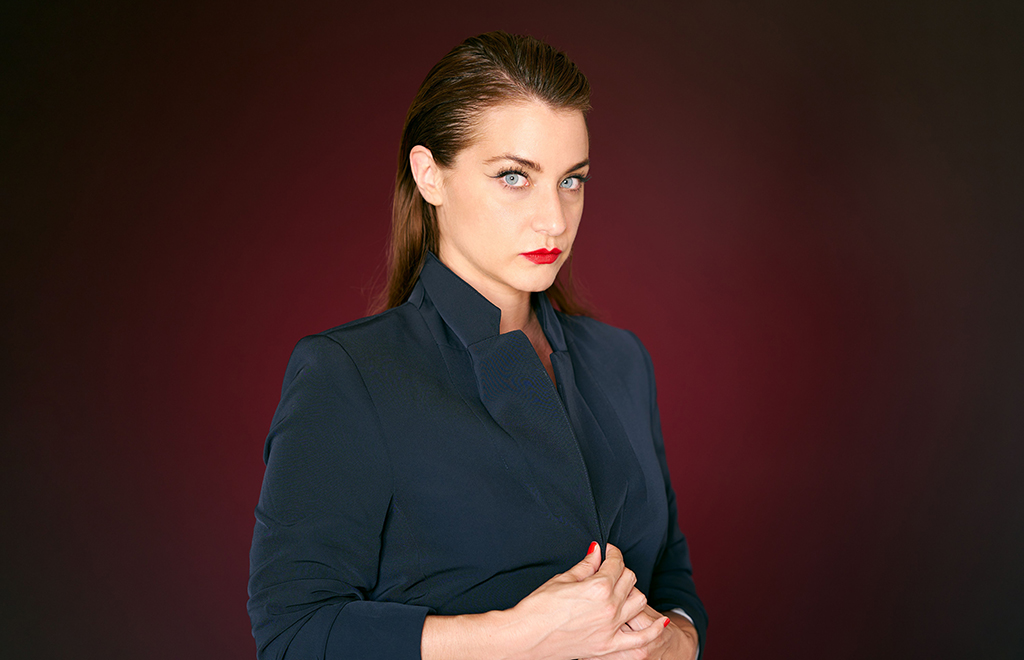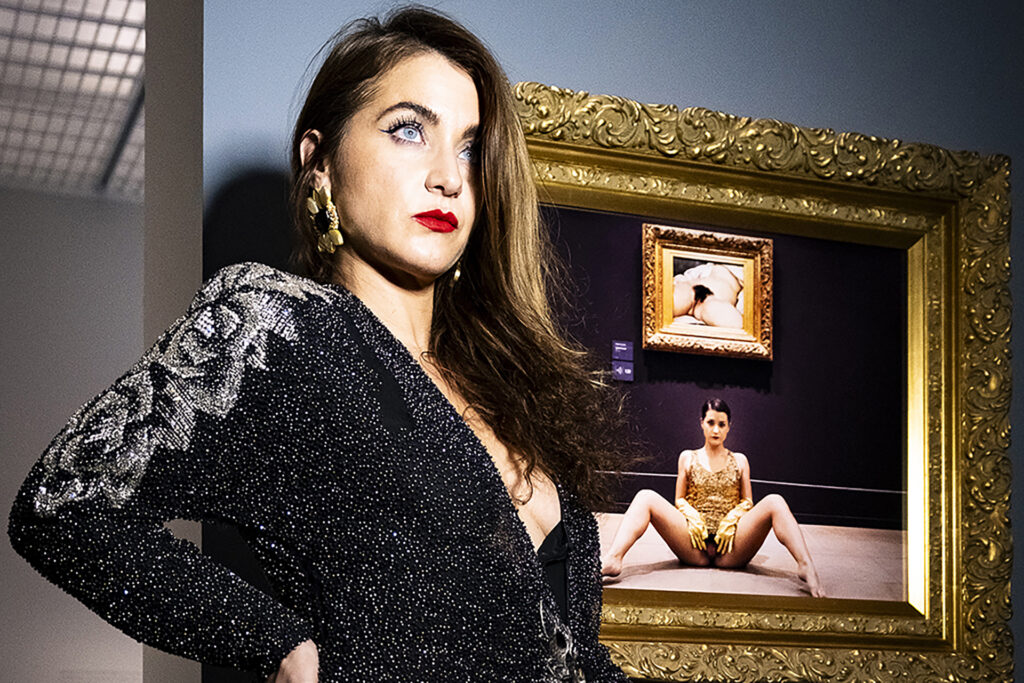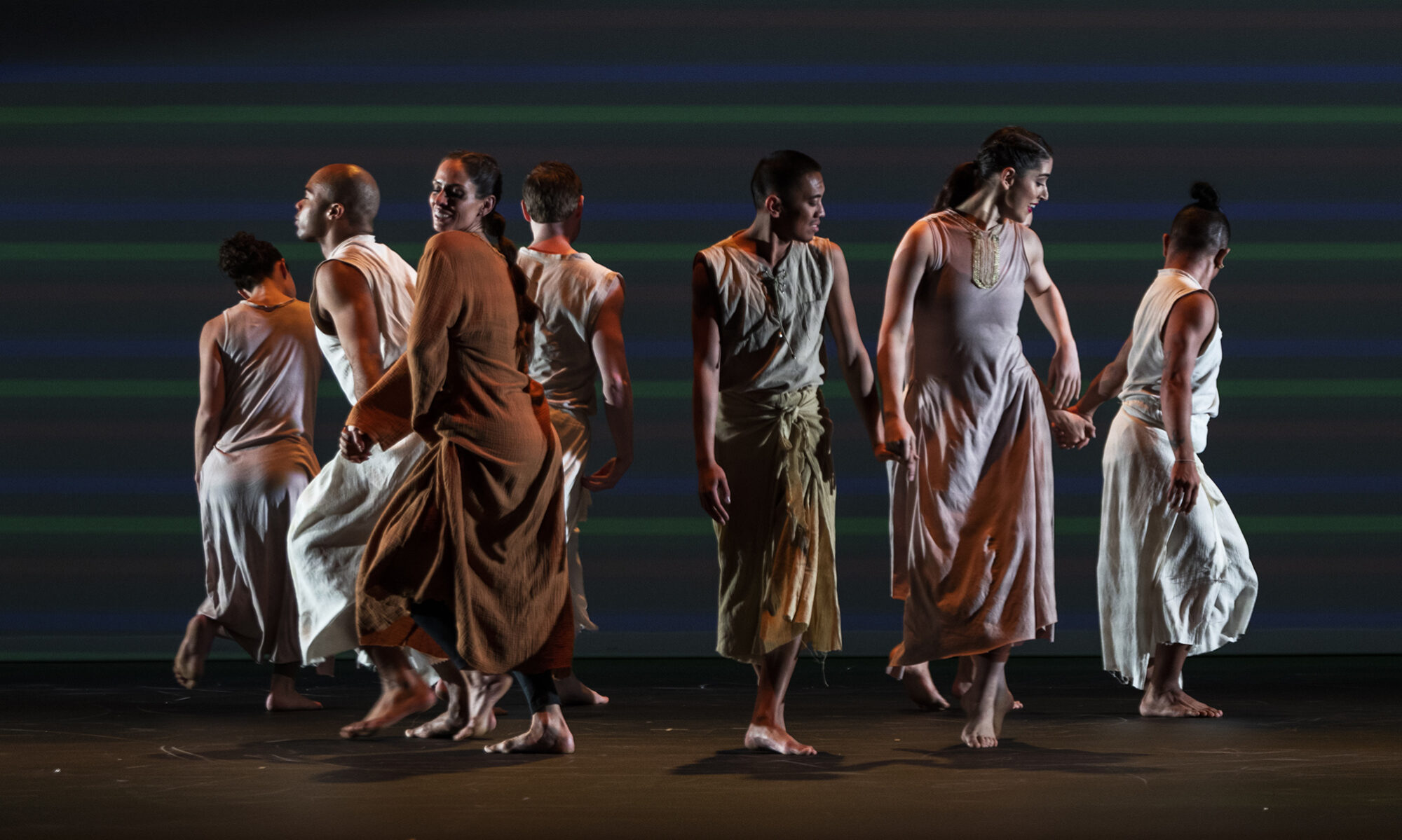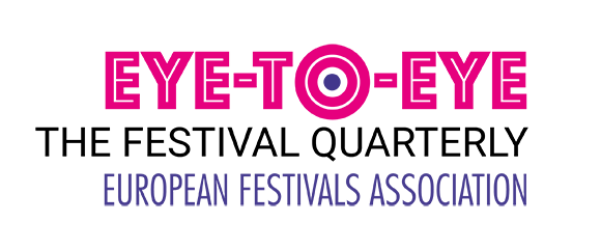Paying the price for a feminist and subversive career

Deborah de Robertis (1984) is a performance, video and conceptual artist born in Luxembourg. Her performances are part of the visual history of feminist art, formulating a discourse on what she calls the “eye of sex” based on the materiality of the body identified as feminine. This concept concerns the gaze not directed at nudity, but carried by “feminine” nudity, a position that Geneviève Fraisse now defines more broadly as the concept of the “gazing body” from a philosophical and historical point of view. Her approach is to give a new interpretation to the works of the “great masters”, producing an embodied image. For de Robertis, nudity is seen as the aesthetic/political interpretation of an artistic work, or, more precisely, of the work’s so-called “feminine” subject (the model) and its relationship to the public. A graduate of the École de recherche graphique in Brussels, in 2013 she was selected by the Ministry of Culture/Luxembourg for an artist residency in France. Since then, she has lived and worked between France, Brussels and Luxembourg.
In 2014, Deborah de Robertis created a performance that would generate controversy, “Mirror of the Origin”. Now, ten years later, the picture resulting from this performance is part of the exhibition “Lacan, the Exhibition” which is currently presented at the Centre Pompidou – Metz. The artist sees this act as a way to finally give her a legitimacy not artistic, but institutional by an art system that is still reluctant to exhibit her works in her almost 20 years of professional artistic career.
Ten years have passed since you made your performance “Mirror of the Origin”. How did this work come about and what difficulties have you faced due to the controversy surrounding it?
Since my studies and before the MeToo movement, where the issue of abuse of sexual power was normalised, my work shows a will of emancipation of these issues, but at that time it could not be totally radical and direct as it was later because there was a blaming of women and artists and the normalisation of these abuses. That’s why everything I did before was very subtle, in the beginning I was alone. To give an example, the male professors or actors in the art world that I met during my studies, always had a sexual attitude towards my work and when I met professionals in the field, they saw me as a “plus one”, a kind of free escort, and it was normalised to put women in that position. There is a kind of erotic ghost around my work. Men do business over dinner and drinks, but you don’t do business with women in the art world, you have them for fun. In this context, little by little I started to create works that questioned this environment, when I saw that these work meetings were actually attempts of what we now know as sexual aggression, I decided to turn things upside down. For example, in my first pictures in a gallery in Brussels, the owner “loved my work” but never did an exhibition about it, but I began to have this feeling of freedom, in which I expose my sex and I re-appropriate the place that does not expose me, so I began to make a series of photos to denounce this relationship of power. In this way, I re-appropriate (re-own?) a terrain of art, and it is not about exposing my sex, but the gesture of taking a photo in these spaces, gives me a feeling of stealing a part of the terrain. People talk about sex, but there is a way to get around the patriarchal art world that does not want to show my work, this action is a form of power, there is a force inherent in the gesture of re-appropriation and I show my sex to denounce the interest in sex by these men of art but not by my artwork.
At the time, why did you choose Courbet’s “The Origin of the World” painting for your performance in front of?
From the beginning I remarked that the men who see my work have never seen a correlation with the work of VALIE EXPORT, for example, or with “The Origin of the World”, when for me it is a clear reference, and it was time to do a re-updating of “The Origin of the World” in a contemporary way with a political dimension, so I decided to do the work “Mirror of the Origin”, now it was no longer possible to make a pornographic reading of my work, because I imposed the setting, that’s what pushed me to go further. The men I met professionally showed me that their real interest was in obtaining sexual favors, which is an abuse of power, and my artistic work was born as a form of liberation from this type of relationship. So in 2014, when there was already the MeToo movement, I could not stand it anymore and this work becomes a gesture of conceptual rupture with “The Origin of the World”, the sex in Courbet’s painting is now my sex in a painting of that world with MeToo. Before, being an artist, it was normal that this context of abuse and sexual power was imposed on me, but with my work I freed myself and took back the power, opening my sex was like shouting at the top of my lungs, I managed to inscribe my work in Orsay Museum, the place off history and go beyond all this patriarchal hierarchy. But of course, being an artist who works on the theme of the body and sex, the fuss was multiplied and exacerbated.
There were doubts at the beginning if your work would be included in “Lacan, the exhibition”. What do you think changed and that finally your work was included?
I would have to ask the curators of the exhibition but I met Bernard Marcadé when he was a jury member of a competition I entered when I was 26 years old, at the time he showed great interest in my work and defended it, but the power roles have been reversed when he called me by phone after so many years of silence, I was prepared for this call. After I have confronted Pompidou Metz by social media on this issue, I confronted him directly on his ambiguous relation to my work, not as a curator but as a heterosexual man. After the conversation, both Pompidou Metz and the two curators seemed to really admit the importance of my work in this exhibition. The main question was in fact, why not to invite my artwork which represents the most recent and maybe one off the most explicit confrontation with the patriarchal aspect of Courbet’s work, when there is a whole room with reinterpretations of Courbet’s “The Origine of the World” so to say, like VALIE EXPORT or Betty Tompkins? In fact, all my work is a reactivation of this painting and as this painting has always been of interest in Lacan’s work, then, by extension, my artwork is also related to Lacan’s work. Furthermore, this exhibition takes works that seek to reflect current times, so how could a room that shows reinterpretations of this work. Not take into account the more contemporary version of it? This is a very revealing act about the place of contemporary women artists, that it is a place that I must take, not that it was given to me, as I did in 2014.
The fact that your work is exhibited is like a victory for your artistic work. Do you think this will be sustained over time?
In the art world I have encountered men who have abused of their position of power and have never officialy supported my work, but moreover, who in the same time have made me invisible. That’s why I started my performances and why I am now on a kind of “black list”. I have had a feminist and subversive career and I have paid the price for that, because this is still a patriarchal art world. Now that I am 40 years old I can say that I have never stopped and I have never compromised, it is my full time job and I am independent, without a serious support of the art world, it’s a kind of resistance in this manly art market. That’s the price to pay. I live and work between Brussels in Paris in a small unsanitary studio and it is important to understand the sacrifice of being a woman artist. The fact of showing my sex has been an important obstacle, but it is also important to say that there is a generation of man and also women, before MeToo, who have contributed to maintain this invisibilisation by accusing and judging women themselves for having been abused by naming them as opportunists. Currently, we are in a moment in which all institutions claim to be feminist and inclusive, but it is not well received when the critic is towards themselves and becomes a risk, even when is on a feminist basis, like it was the case of including my work for Lacan exhibition. In fact, in my work there is also the dimension of criticism of the institutional power that has constantly taken a back seat, displaced by how polemic it can be, resulting in getting a lot of resistance. I consider that I am not someone who allows myself to be bought and who will always denounce abuses, it is only now that I have gained ground with the Pompidou Center, the reasons I do not know, but with this exhibition they have shown an openness, an invitation to women. When we hang a painting in an exhibition, we accept women, their words, and their subversive art, their feminist transgression, to the end.
Interview and article by Susana Navarro H.


